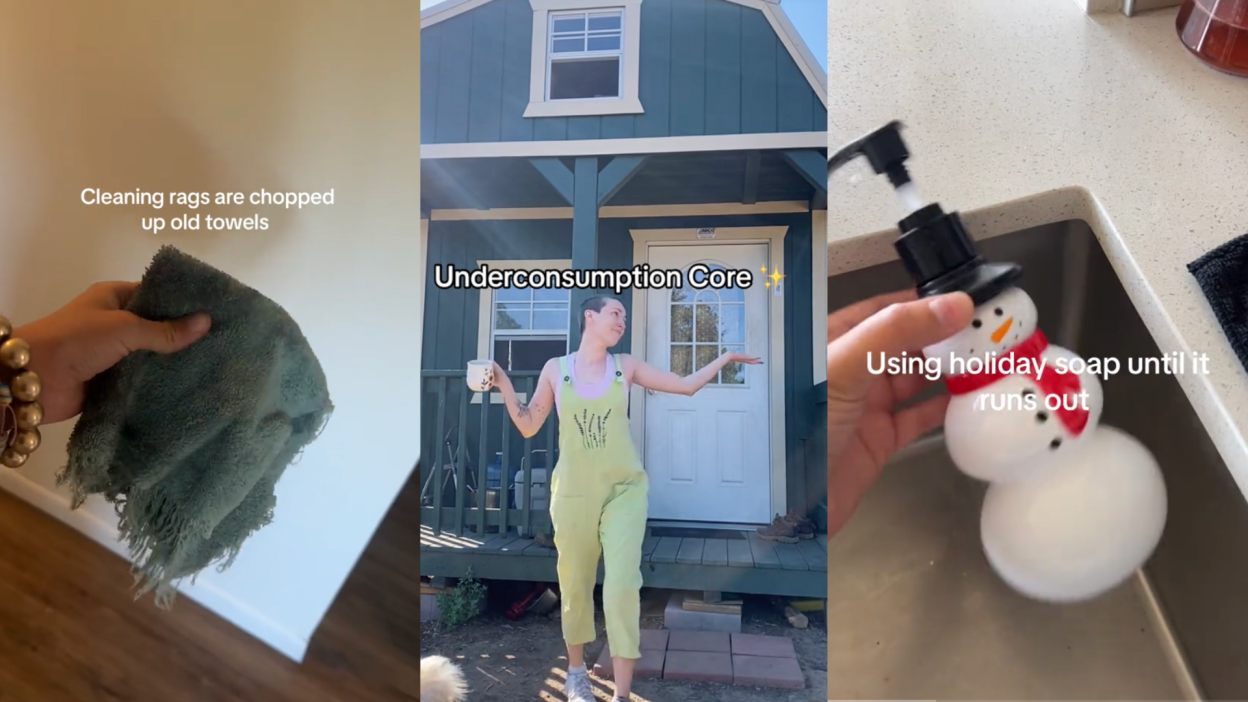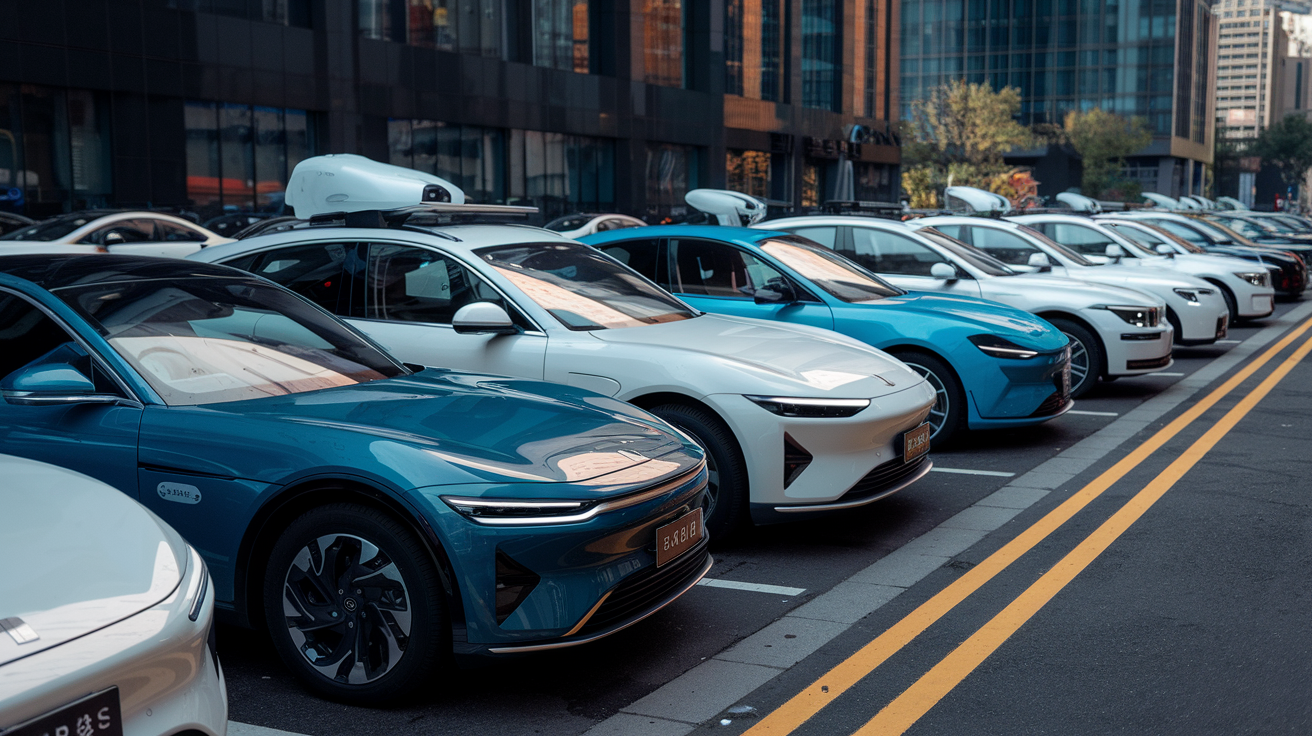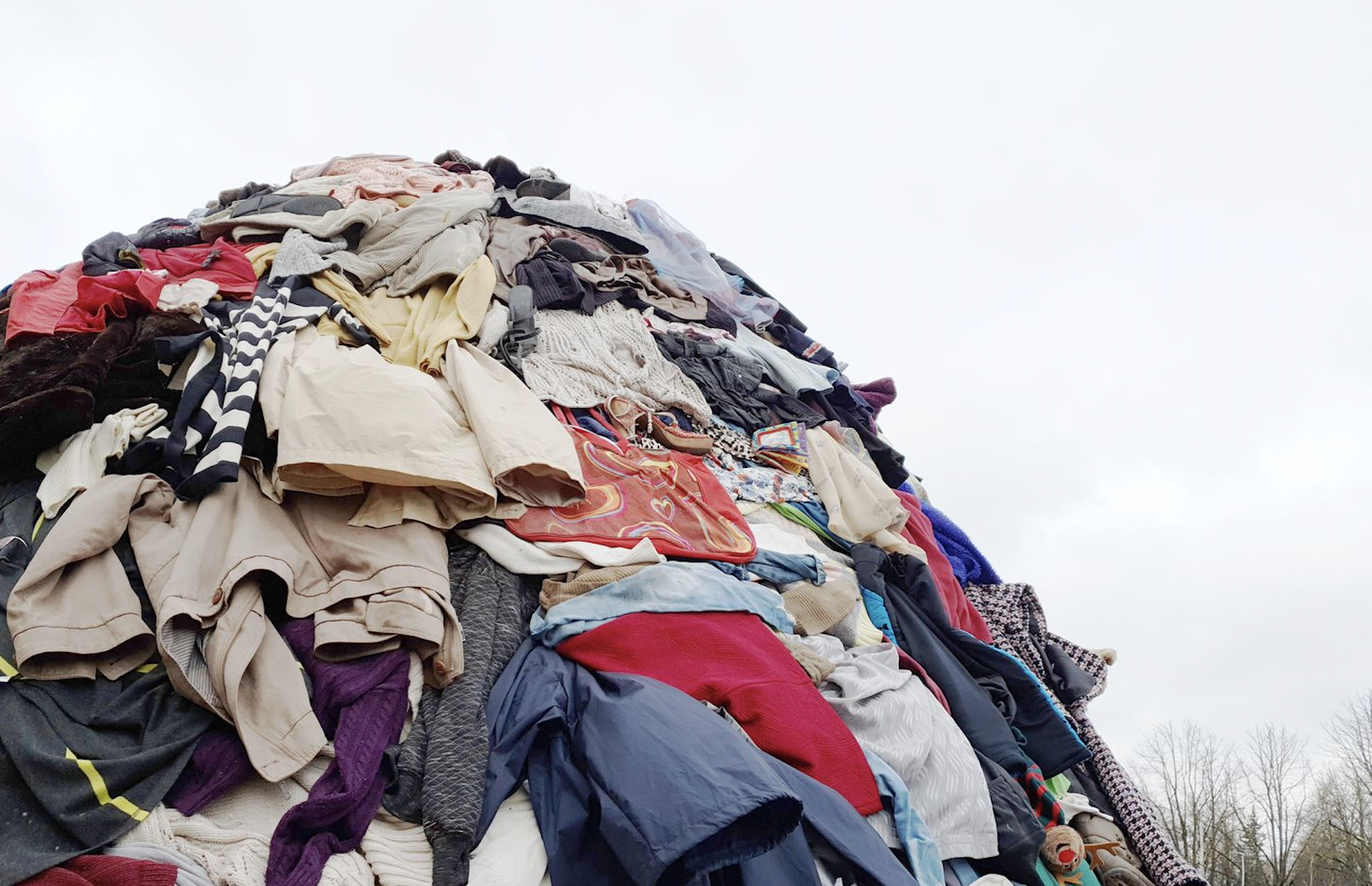By Jamila Talishli, Year 12.
TikTok, the social media app known for its rapid-fire content, had been long known for its promotion of overconsumption. Trends on the platform change at an extremely rapid speed- what’s new and exciting one week becomes old and boring the next. The vast variety of different trends and aesthetics like “clean girl”, “Stockholm style”, “Boho chic”, and “Vanilla girl” are impossible to keep up with. The infamous sentence : “TikTok made me buy it!” perfectly encapsulated this platform’s power to drive consumers’ behaviour. The rapid cycle of consumption on TikTok is the rise of many fast-fashion brands like Shein and Temu, who capitalize on the rapid trends on TikTok by producing low-quality trendy clothing which rely on environmentally harmful practices, underpaid labour and even child exploitation. Often made from synthetic materials like polyester, these clothing items rarely last more than a few months, contributing to overflowing landfills and the rising cycle of overconsumption.
This problem affects more than fashion- TikTok is constantly bombarded with videos promoting various skincare and makeup products, labelling them their “holy grail” and “must-have” products. These videos encourage the purchase of items the users don’t truly need, which claim to solve problems they didn’t even know they had. Similarly, home gadgets and water bottles have become very popular categories for overconsumption. Ironically, metal water bottles which were first used as sustainable alternatives to plastic water bottles are now being purchased excessively because of trendy designs from brands like Stanley and Owala, undermining their sustainable intentions.
However, a new trend has emerged on TikTok: “Underconsumption Core”. This movement resonates particularly with Gen Z users, and promotes mindful and sustainable consumption habits. Instead of posting shopping hauls and promoting products, users are now highlighting what they’re not buying. Users coined the term “de-influencing” to critique over-hyped products, and encourage their followers to reconsider whether they truly need the items they are influenced to buy. Instead of saying “You need this!”, these creators are saying, “You don’t need this.” Users are sharing them wearing the same pair of shoes until fall apart, having small capsule wardrobes, and a minimalist collection of makeup and skincare products. The focus has shifted- people are using items until they’re finished or worn out, rather than constantly buying new ones. Skincare and makeup influencers display their empty containers of products they’ve used up or opt to finish their half-used products before buying more, instead of trying out the newest trendy products.
This trend has led many to reconsider their relationship with consumption- users are even filming themselves decluttering and donating their unused products in an effort to be a more sustainable consumer.
Although this trend may seem revolutionary to users on TikTok, which have normalized these excessive buying habits, this trend actually displays completely normal consumption habits. Stretching their budgets, avoiding unnecessary purchases and making their belongings last are everyday practices for many people, especially those without the luxury of having excess income.
Despite the obvious nature of this trend, it is a step in the right direction. Seeing users embrace minimalism and sustainability on an app so dominated by fast fashion and overconsumption suggests a growing awareness of users regarding their purchasing habits. This trend forces users to reflect on their own levels of consumption, and shows that there is hope for the future where apps like TikTok can be used to promote more sustainable habits rather than fueling the endless cycle of trends and mindless consumerism.



